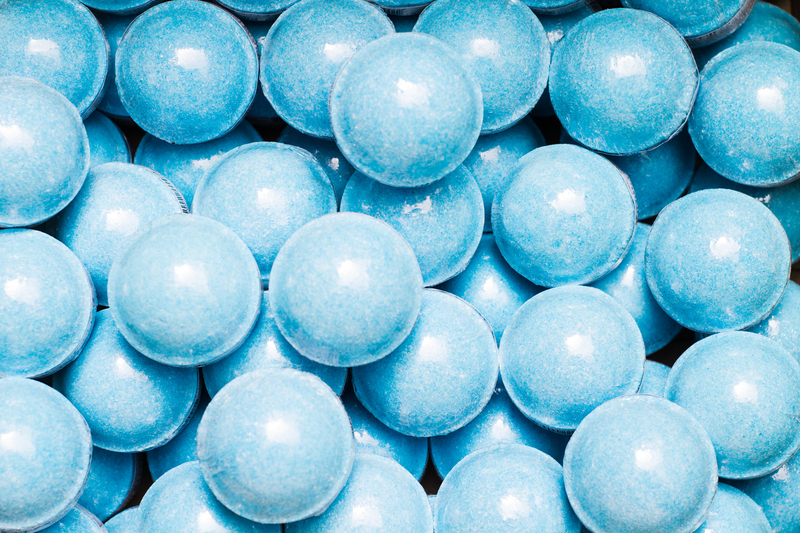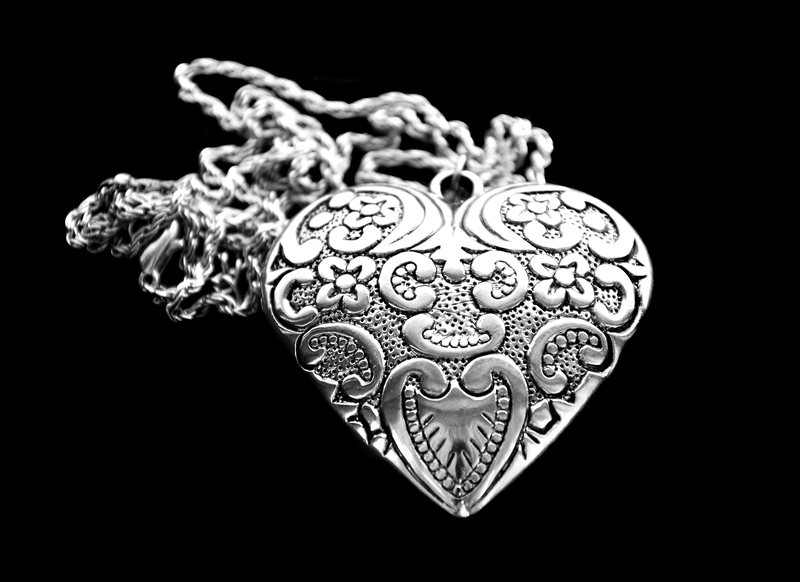Tips for Removing Mildew on Furniture
Posted on 02/04/2025
Mildew on furniture is not only an eyesore, but it can also be detrimental to your health and the longevity of your furniture. This article will provide you with practical and effective tips for removing mildew from furniture while ensuring that your pieces stay in top-notch condition.
Understanding Mildew
Before diving into the cleaning process, it's important to understand what mildew actually is. Mildew is a type of fungus that thrives in damp and humid environments. It often appears as a thin, black or white growth on furniture, and if left untreated, can cause significant damage and spread to other areas.

Preparing for the Cleaning Process
Before you start cleaning mildew off your furniture, you need to gather the necessary supplies. Here's a quick list:
- Gloves and a mask to protect yourself from spores
- A vacuum cleaner with a HEPA filter
- A soft brush or cloth
- White vinegar, baking soda, or a commercial mildew cleaner
- Warm water
- A spray bottle
- A fan or dehumidifier for drying
Step-by-Step Cleaning Guide
Follow these steps to effectively remove mildew from your furniture:
1. Ventilate the Area
Ensure that you're working in a well-ventilated area. Open windows and doors to allow fresh air to circulate, which will help in drying the furniture and reducing the spread of mildew spores.
2. Vacuum the Furniture
Use a vacuum cleaner with a HEPA filter to remove loose mildew spores from the furniture. Make sure to vacuum every nook and cranny, including seams and crevices.
3. Apply the Cleaning Solution
Mix one cup of white vinegar with a cup of warm water and pour the solution into a spray bottle. Alternatively, you can use a commercial mildew cleaner. Spray the solution onto the affected areas and let it sit for about 10-15 minutes.
4. Scrub the Mildew
Using a soft brush or cloth, scrub the mildew off the furniture. Be gentle on delicate materials to avoid damaging the fabric or surface.
5. Rinse and Dry
Wipe down the furniture with a clean, damp cloth to remove any remaining cleaning solution. Use a fan or dehumidifier to thoroughly dry the furniture, as moisture can lead to further mildew growth.
Preventing Mildew Recurrence
Once you've successfully removed mildew from your furniture, you'll want to take steps to prevent it from coming back:
- Keep your home well-ventilated to reduce humidity levels.
- Use dehumidifiers in areas that tend to be damp.
- Regularly clean and inspect your furniture for signs of mildew.
- Avoid placing furniture directly against walls, as this can trap moisture.
Pros and Cons of Different Cleaning Solutions
White Vinegar
Pros: Natural, non-toxic, effective, and inexpensive.
Cons: Strong smell that may linger initially.
Baking Soda
Pros: Gentle, effective, absorbs moisture.
Cons: May require multiple applications for severe mildew.
Commercial Cleaners
Pros: Specifically formulated to tackle mildew, quick results.
Cons: Can be expensive, may contain harsh chemicals.

Takeaways
- Promptly address mildew to prevent furniture damage.
- Use protective gear when cleaning mildew.
- Ventilate the area and dry the furniture thoroughly.
- Apply preventive measures to avoid future mildew growth.
Conclusion
Removing mildew from furniture is a manageable task when you know the right steps and have the necessary tools. By understanding what mildew is, preparing appropriately, and following a systematic cleaning process, you can restore your furniture to its original condition. Additionally, by taking preventive measures, you can significantly reduce the chances of mildew returning. Keep your home dry, clean, and well-ventilated to enjoy a healthy and mildew-free environment.

 Company name:
Company name:  Telephone:
Telephone:  Opening Hours:
Opening Hours:  Street address:
Street address:  City:
City:  E-mail:
E-mail:  Web:
Web:  Description:
Description: 







